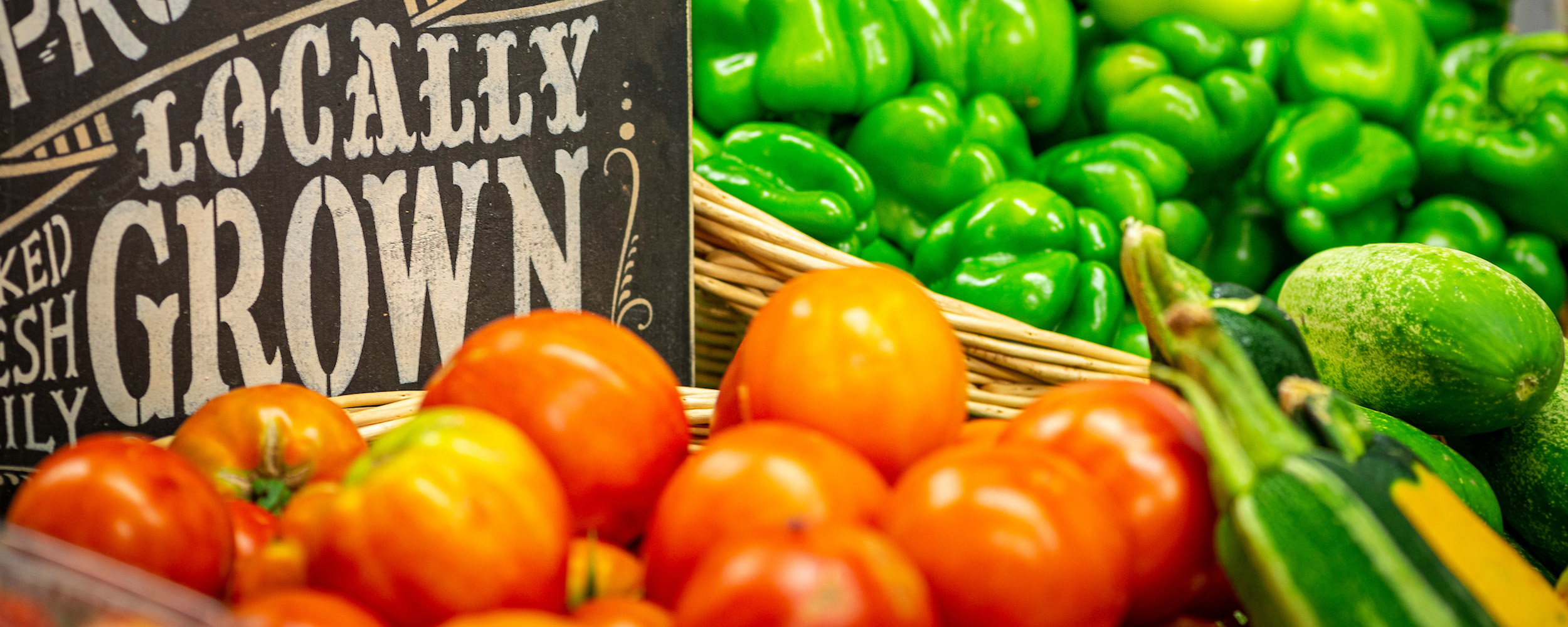
Appeal of produce photos rises with a few key words, OSU research finds
Thursday, April 22, 2021
Media Contact: Brian Brus | Agricultural Communications Services | 405-744-6792 | BBrus@okstate.edu
When it comes to marketing produce, “local” is good … but also ambiguous, according to new research by Courtney Bir, assistant professor in the Department of Agricultural Economics and Oklahoma State University Extension specialist.
Imagine a tomato for example, freshly picked and resting on a display counter in all its red, juicy glory. When you consider that image, is there a visceral response to take the tomato home for a sandwich or salad? Bir found that it depends.
“For tomato pictures with descriptive words, respondents preferred tomatoes grown in a personal garden or sold at a farmers’ market,” Bir explained in her study, which was recently published by the Journal of International Food and Agribusiness Marketing. “Without the descriptive word, respondents preferred a photo of a conventional retail tomato.”
The picture-based BWS – best-worst scaling – experiment examined how food photos affect consumer choice when those images are supplemented with key words. For example, if tomatoes were believed to be sourced locally, consumers found that produce ranked higher on the comparative scale than an image alone. In short: same food, one word, different opinions.
Tomatoes were featured in the study for their ubiquity — they are produced nationwide in farmers’ markets, backyard gardens and traditional retail outlets. Although the research focused on tomatoes, the findings could have implications for other products in other countries, Bir said.
The choice of which vegetable to use was fairly simple compared with the rest of the experiment, however. People’s preferences are largely subjective and based on emotions, experiences and beliefs that are difficult to quantify.
“There’s been tons of research done on what makes food items appealing to consumers,” Bir said. “The association is particularly strong between visual stimuli and food. That’s why you’ll commonly see pictures in so many restaurant menus.”
The work was a collaboration of tomato producers, OSU Extension educators and researchers at OSU, Purdue University and the University of Florida.
Images used in Bir’s study were chosen to represent typical consumer sourcing with terms such as conventional retail, greenhouse, roadside stand, personal garden and farmers’ market.
In another part of the experiment, respondents were shown the photos with and without descriptive words of attributes such as freshness, nutrition, price, quality, environmental impact, local, heirloom and supporting the local economy. Several statistical differences between their responses were found.
“It’s complicated,” Bir said. “Some respondents might put more value on supporting small business, or they might be interested in reducing their carbon footprint – which is a matter of environmental context. Or it might be more important to form a personal relationship with the producer. Even ‘local’ is subjective.”
Bir said she hopes her research helps producers consider their marketing efforts and reexamine the use of key descriptor text. Pictures in advertisements might not convey the desired characteristics, the paper concluded, “or if verbiage is being used alongside the picture, it may be overpowering any message they hope to convey with the picture.”
If a picture is worth a thousand words, as the saying goes, research suggests that some of those words might be worth more than others to consumers.
